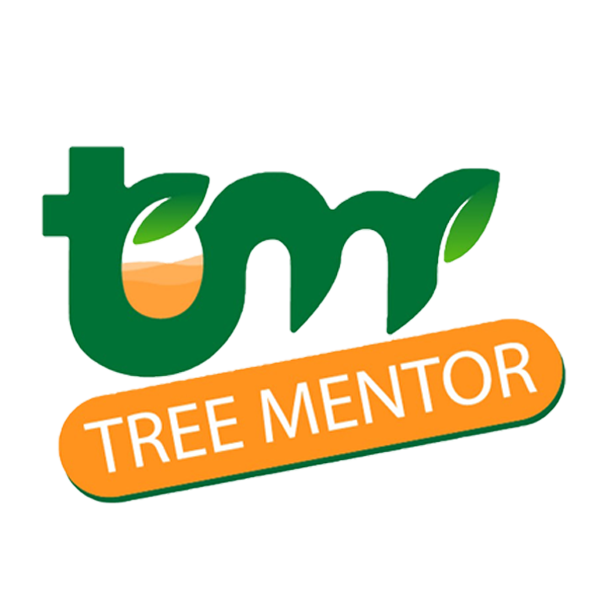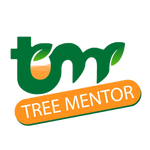Tomatoes are one of the most popular vegetables (technically fruits) grown in home gardens across the United States. With their rich flavor and versatility, they’re a staple for gardeners of all skill levels. Here's a comprehensive, copyright-free guide to growing tomatoes in the USA:
1. Choose the Right Variety
Tomatoes come in several types, and choosing the right one depends on your region, space, and intended use. Common types include:
- Beefsteak: Large and great for slicing.
- Roma: Best for sauces and pastes.
- Cherry/Grape: Small, sweet, and ideal for snacking.
- Heirloom: Unique colors and flavors but often require more care.
For the USA, consider varieties suited to your USDA Hardiness Zone. Popular options include:
- ‘Better Boy’
- ‘Celebrity’
- ‘San Marzano’
- ‘Sungold’
2. Planting Schedule
- Northern States: Start seeds indoors 6-8 weeks before the last frost date and transplant outside after the danger of frost has passed.
- Southern States: Plant seeds in late winter or early spring for a summer harvest. In warm climates, you can also plant a fall crop.
Use a frost date calculator to find the optimal planting time for your region.
3. Prepare the Soil
Tomatoes thrive in well-draining, nutrient-rich soil with a slightly acidic pH of 6.0 to 6.8. Here’s how to prepare your garden bed:
- Test the soil pH and adjust if necessary (add lime for acidity or sulfur for alkalinity).
- Work in compost or aged manure to enrich the soil.
- Ensure good drainage to avoid root rot.
4. Starting Seeds or Transplants
- Seeds: Plant seeds in small pots or seed trays 1/4 inch deep. Keep them in a warm location (70-80°F) and water lightly.
- Transplants: Purchase healthy seedlings or grow your own. Look for sturdy plants with thick stems and no yellowing leaves.
5. Site Selection and Spacing
- Sunlight: Tomatoes need full sun—at least 6-8 hours of direct sunlight daily.
- Spacing: Space plants 18-24 inches apart for proper air circulation, which helps prevent diseases.
- Support: Use stakes, cages, or trellises to keep plants upright and fruit off the ground.
6. Planting
- Dig Deep: Plant tomatoes deep, burying 2/3 of the stem. Roots will grow along the buried stem, creating a stronger plant.
- Water Thoroughly: Water deeply after planting to help the plant settle into the soil.
7. Care and Maintenance
- Watering: Provide consistent moisture, about 1-2 inches per week. Avoid overhead watering to prevent fungal diseases.
- Mulching: Add a layer of organic mulch to retain soil moisture and regulate temperature.
- Fertilizing: Use a balanced fertilizer (e.g., 10-10-10) every 4-6 weeks or a tomato-specific fertilizer with more phosphorus for fruit production.
- Pruning: Remove suckers (small shoots growing in leaf axils) for better airflow and to focus energy on fruit production.
8. Pest and Disease Management
Common Pests:
- Tomato Hornworms: Handpick and remove.
- Aphids: Spray with insecticidal soap or introduce ladybugs.
- Whiteflies: Use yellow sticky traps.
Diseases:
- Blight: Avoid overhead watering and remove affected leaves.
- Fusarium Wilt: Plant resistant varieties.
- Cracking: Ensure consistent watering.
9. Harvesting
- When to Harvest: Tomatoes are ready when they’re fully colored (red, yellow, orange, or purple, depending on the variety) and slightly firm to the touch.
- How to Harvest: Gently twist or cut the fruit from the vine to avoid damaging the plant.
10. Extending the Growing Season
- For Cool Climates: Use row covers or cloches to protect plants from early frosts.
- For Warm Climates: Shade plants during extreme heat to prevent sunscald.
11. Storing and Using Tomatoes
- Fresh Storage: Store ripe tomatoes at room temperature for the best flavor.
- Preservation: Can, freeze, or dry tomatoes to enjoy them year-round.
- Recipes: Use in salads, sauces, soups, or as fresh snacks.
By following these guidelines, you can grow healthy, productive tomato plants in any part of the USA. Happy gardening!


